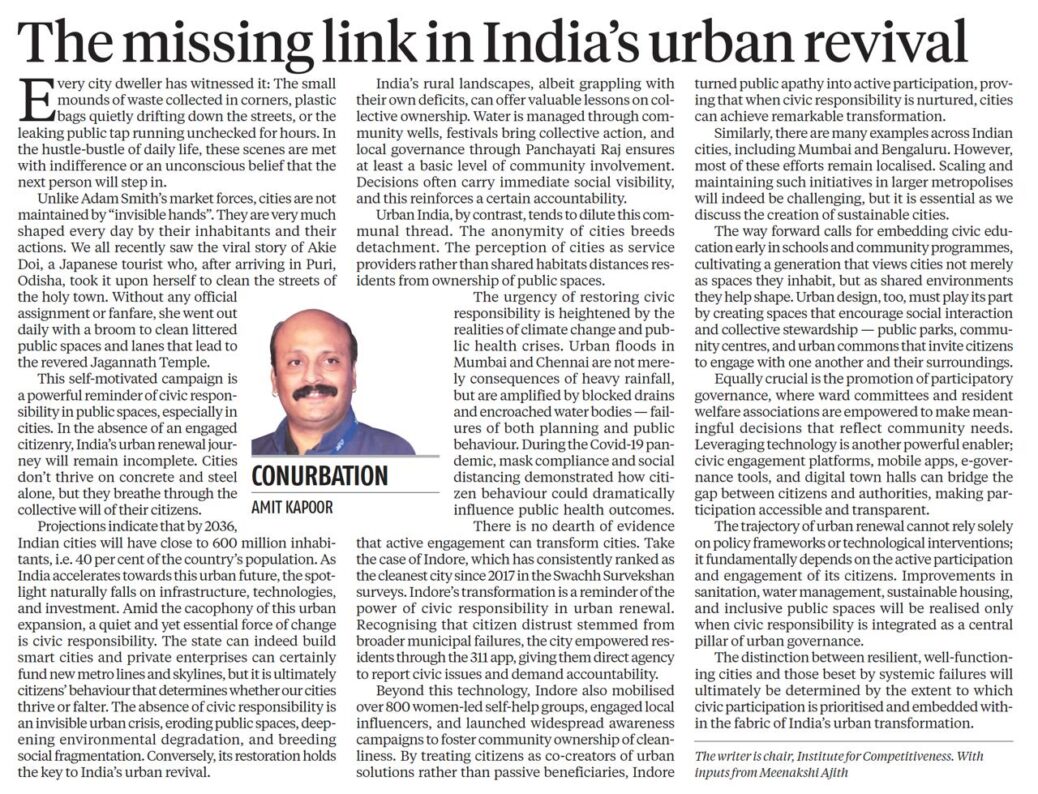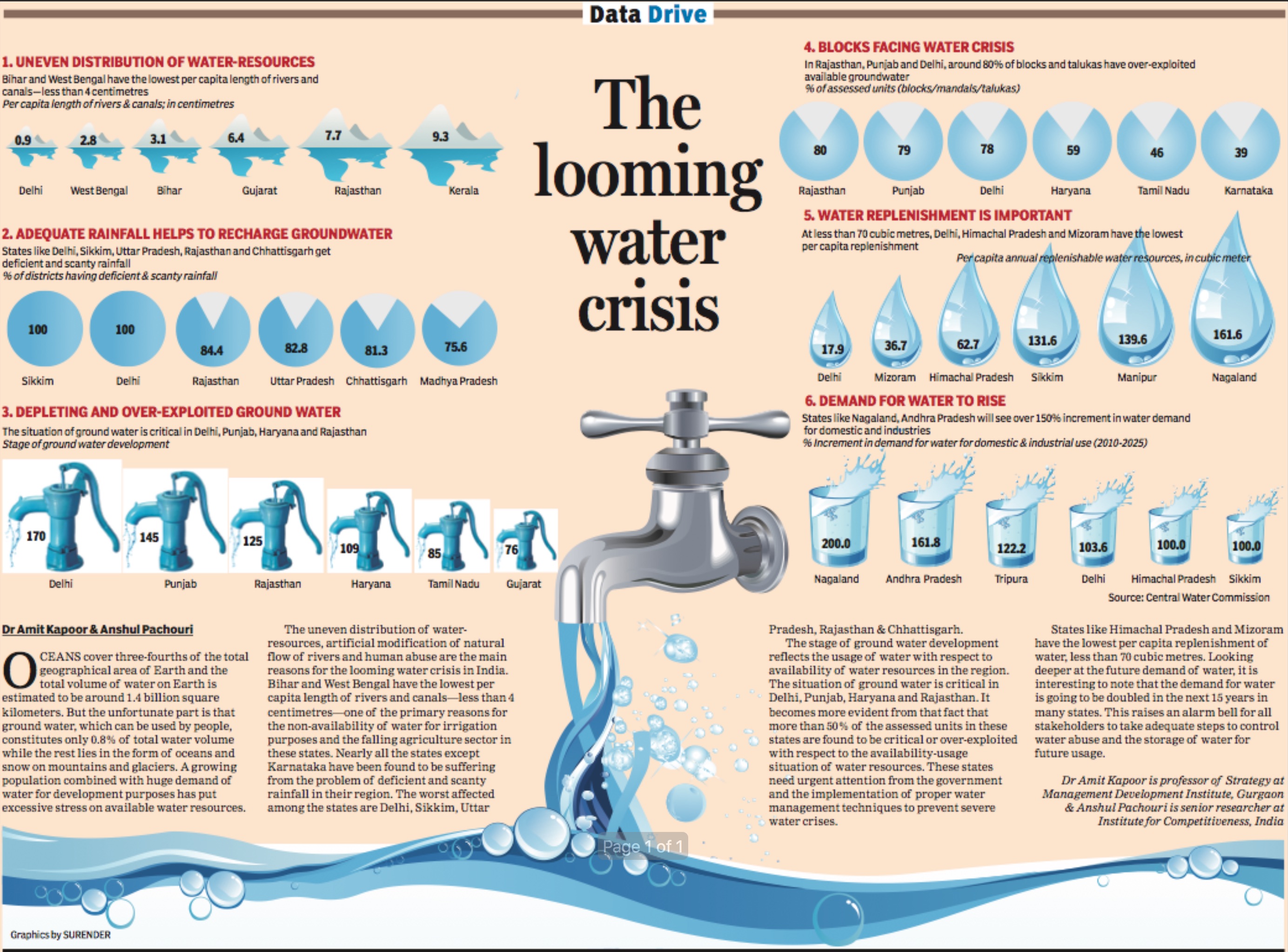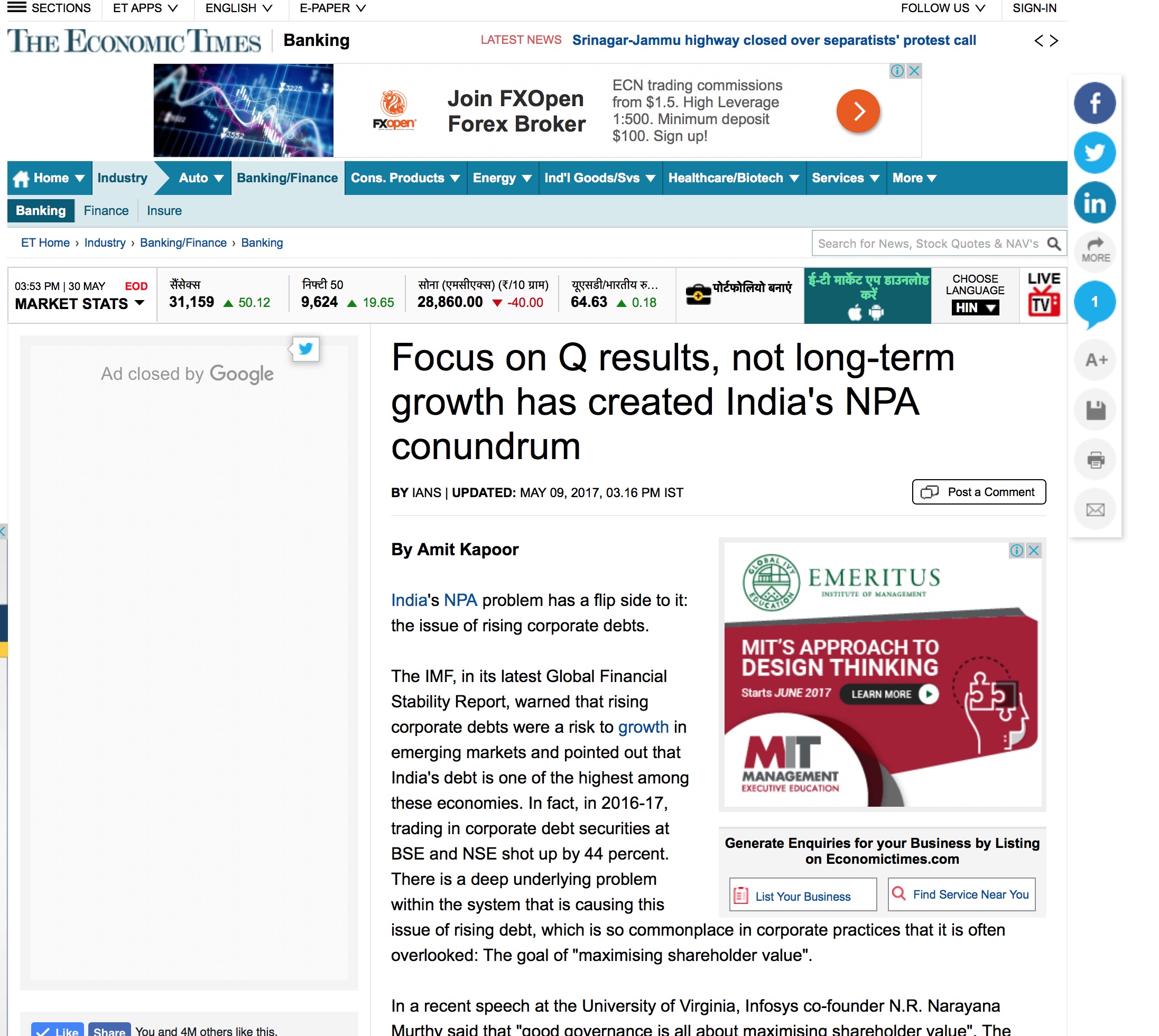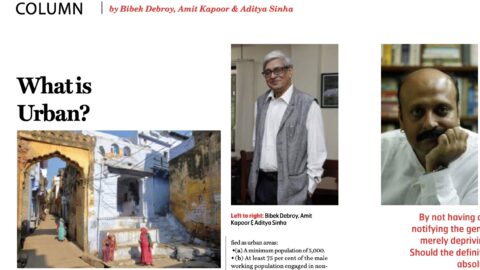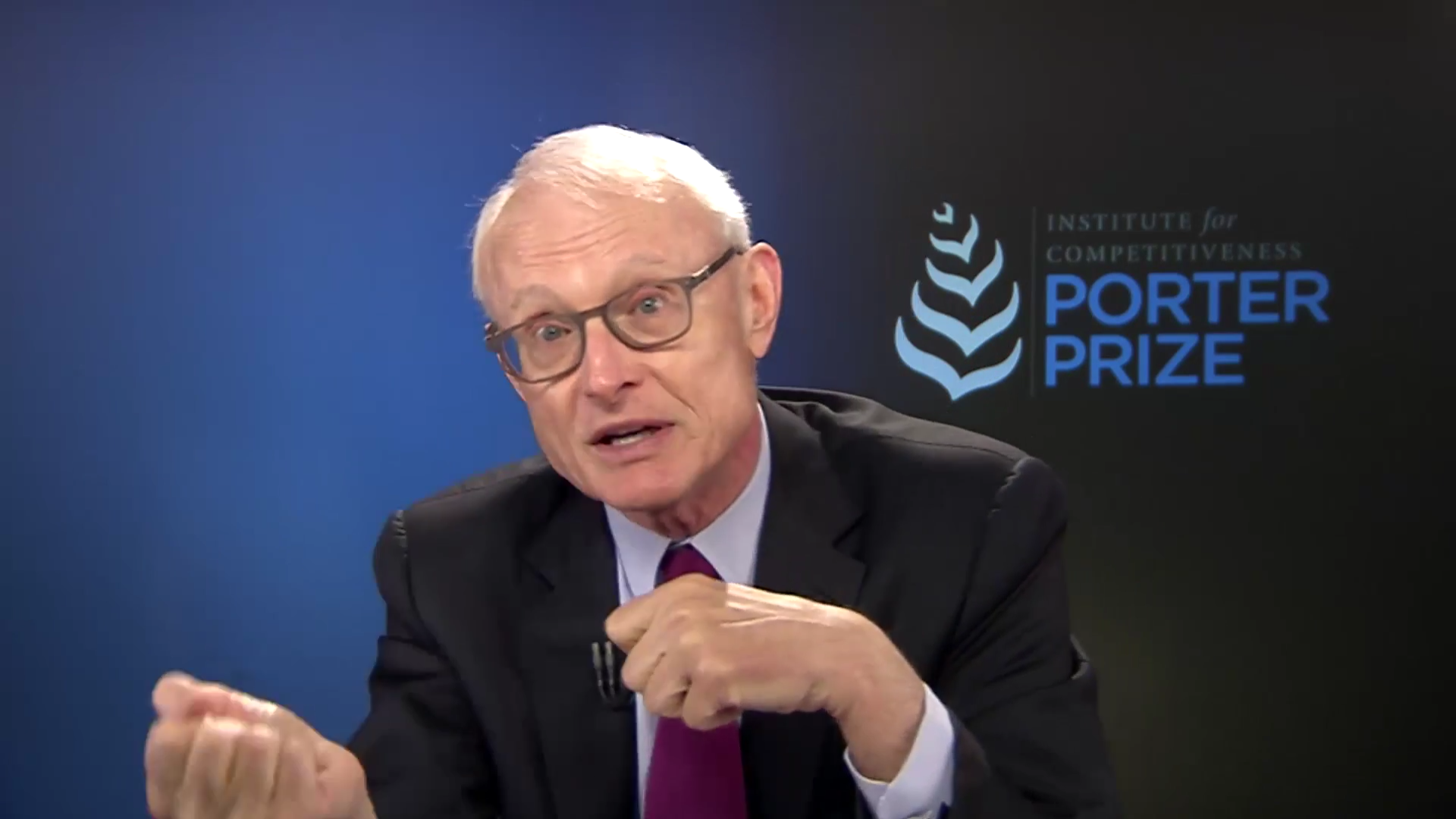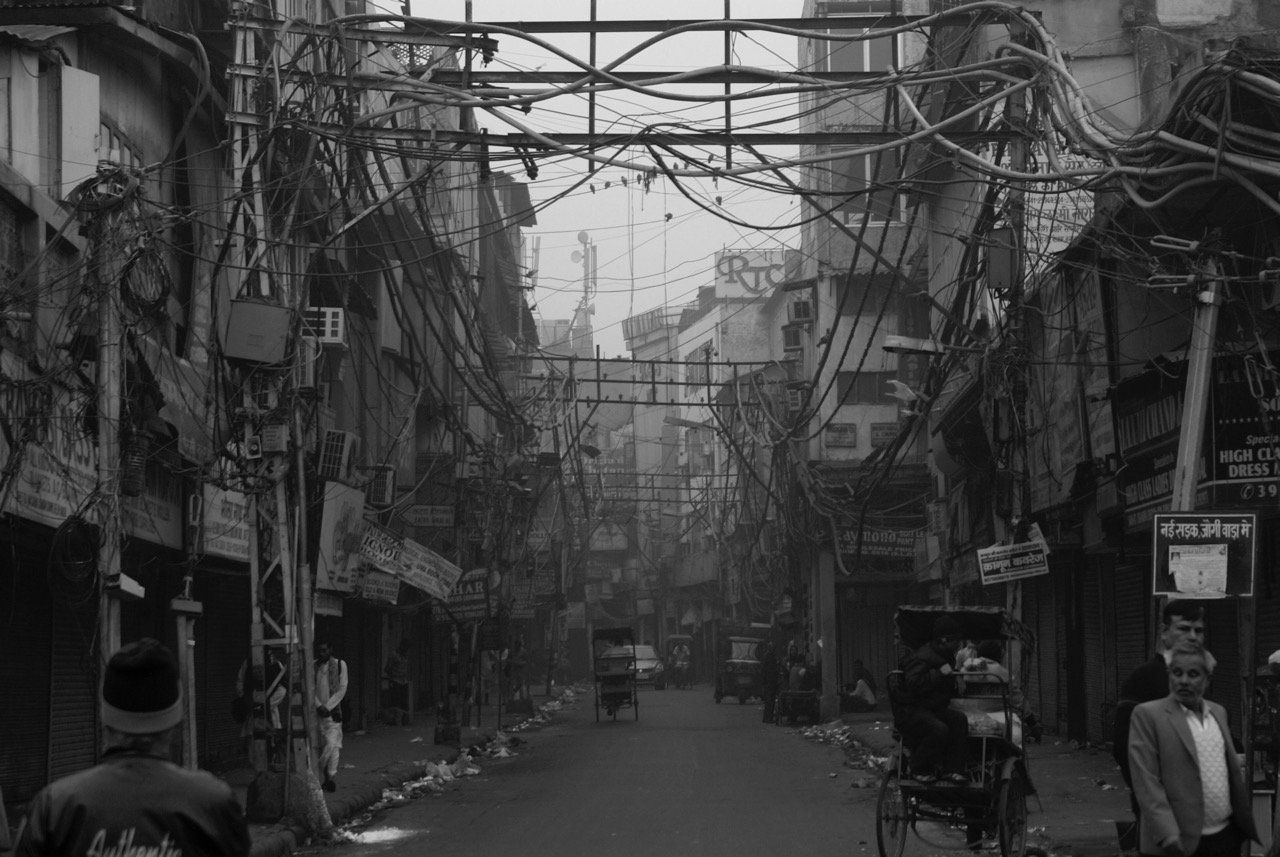By Amit Kapoor
Every city dweller has witnessed it: the small mounds of waste collected in corners, plastic bags quietly drifting down the streets or the leaking public tap running unchecked for hours. In the hustle-bustle of daily life, these scenes are met with indifference or an unconscious belief that the next person will step in. Unlike Adam Smith’s market forces, cities are not maintained by ‘invisible hands. They are very much shaped everyday by its inhabitants and their actions. We all recently saw the viral story of Akie Doi, a Japanese tourist who, after arriving in Puri, Odisha, took it upon herself to clean the streets of the holy town. Without any official assignment or fanfare, she out daily with a broom to clean littered public spaces and lanes that lead to the revered Jagannath Temple. This self-motivated campaign is a powerful reminded of civic responsibility in public spaces, especially in cities. In the absence of an engaged citizenry, India’s urban renewal journey will remain incomplete. Cities don’t thrive on concrete and steel alone, but they breathe through the collective will of its citizens.
Projections indicate that by 2036, Indian cities will have close to 600 million inhabitants i.e. 40% of its population. As India accelerates towards this urban future, the spotlight naturally falls on infrastructure, technologies and investment. Amid the cacophony of this Urban expansion a quiet and yet essential force of change is civic responsibility. The state can indeed build smart cities and private enterprises can certainly fund new metro lines and skylines, but it is ultimately citizens’ behaviour that determines whether our cities thrive or falter. The absence of civic responsibility is an invisible urban crisis, eroding public spaces, deepening environmental degradation, and breeding social fragmentation. Conversely, its restoration holds the key to India’s urban revival.
India’s rural landscapes, albeit grappling with its own deficits can offer valuable lesson on collective ownership. Water is managed through community wells, festivals bring collective action, and local governance through Panchayati Raj ensures at least a basic level of community involvement. Decisions often carry immediate social visibility, and this reinforces a certain accountability. Urban India, by contrast, tends to dilute this communal thread. The anonymity of cities breeds detachment. The perception of cities as service providers and not shared habitats distances residents from ownership of public spaces. The urgency of restoring civic responsibility is heightened by the realities of climate change and public health crises. Urban floods in Mumbai and Chennai are not merely consequences of heavy rainfall but are amplified by blocked drains and encroached water bodies failures of both planning and public behaviour. During the COVID-19 pandemic, mask compliance and social distancing demonstrated how citizen behaviour could dramatically influence public health outcomes.
There is not dearth of evidence on active engagement can transform cities. Take the case of Indore which is now consistently ranked as the cleanest city since 2017 in Swacch Sarvekshan surveys. Indore’s transformation is a reminder of the power of civic responsibility in urban renewal. Recognising that citizen distrust stemmed from broader municipal failures, the city empowered residents through the 311 app, giving them direct agency to report civic issues and demand accountability. Beyond this technology, Indore also mobilised over 800 women-led self-help groups, engaged local influencers, and launched widespread awareness campaigns to foster community ownership of cleanliness. By treating citizens as co-creators of urban solutions rather than passive beneficiaries, Indore turned public apathy into active participation, proving that when civic responsibility is nurtured, cities can achieve remarkable transformation. Similarly, there are many examples across urban cities ranging from Mumbai, Bangalore etc. but most of these efforts are localized. Scaling and maintaining this in larger metropolises will indeed be challenging but it is essential as we discuss the creation of sustainable cities.
The way forward calls for embedding civic education early in schools and community programmes, cultivating a generation that views their cities not merely as spaces they inhabit, but as shared environments they help shape. Urban design too must play its part by creating spaces that encourage social interaction and collective stewardship public parks, community centres, and urban commons that invite citizens to engage with one another and their surroundings. Equally crucial is the promotion of participatory governance, where ward committees and resident welfare associations are empowered to make meaningful decisions that reflect community needs. Leveraging technology is another powerful enabler; civic engagement platforms, mobile apps, e-governance tools, and digital town halls can bridge the gap between citizens and authorities, making participation accessible and transparent. The trajectory of urban renewal cannot rely solely on policy frameworks or technological interventions; it fundamentally depends on the active participation and engagement of its citizens. Improvements in sanitation, water management, sustainable housing, and inclusive public spaces will be realised only when civic responsibility is integrated as a central pillar of urban governance. The distinction between resilient, well-functioning cities and those beset by systemic failures will ultimately be determined by the extent to which civic participation is prioritised and embedded within the fabric of India’s urban transformation.
The article was published with Business Standard on April24, 2025.

